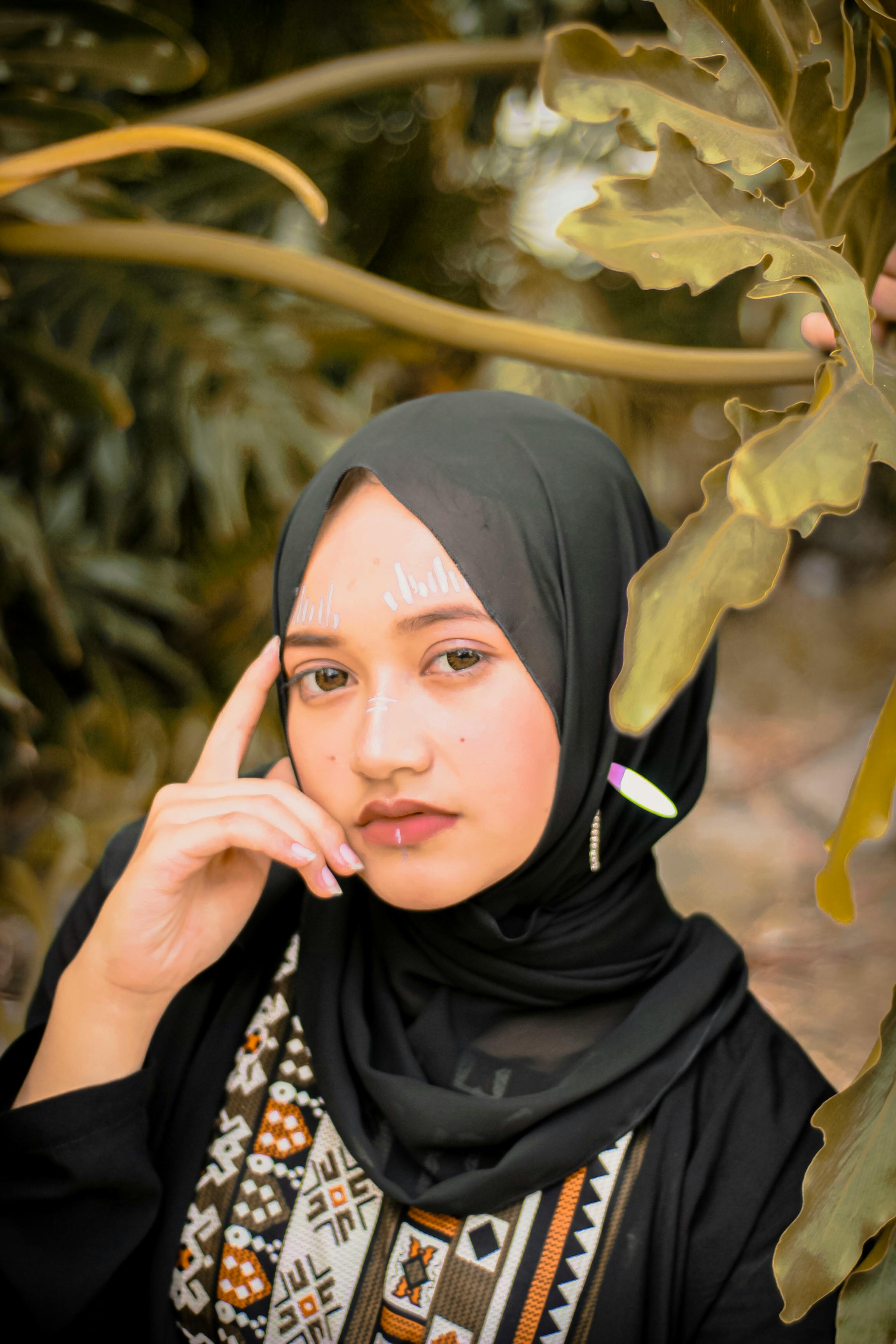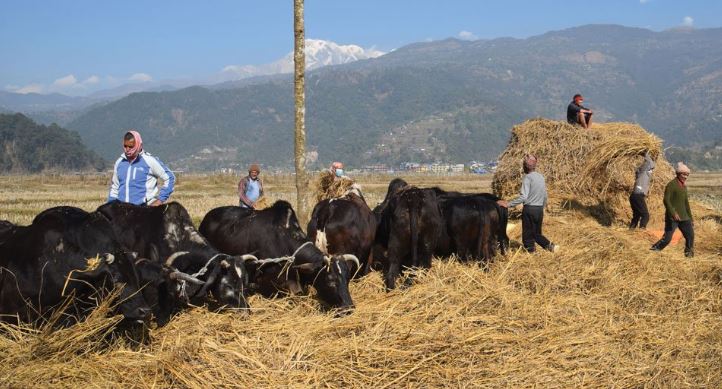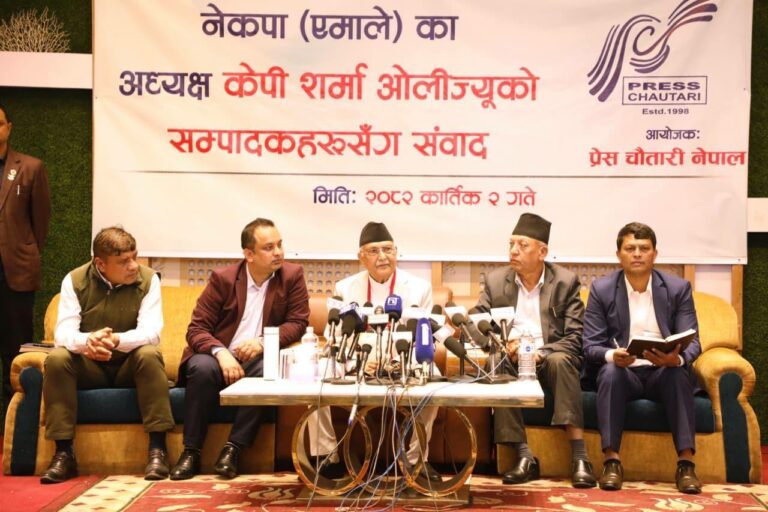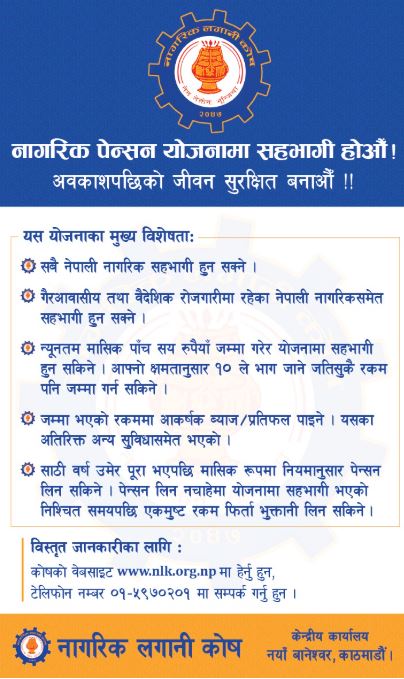Among Oriental cultures, kissing is a form of term that may or may not always be culturally permitted. Some ethnicities frown after public shows of emotions, while others tend not to even allow kissing in public places.
The kiss is a form of expression that may be a way to express joy or show friendship and appreciate. It is also a sign of marriage and loyalty. However , the cultural values about getting vary from country to country and are usually not without difficulty shared.
In some Parts of asia, kissing is a crucial part of interpersonal life. In Thailand, it is actually called ‘hawm-gaem’ https://asiansbrides.com/eastmeeteast-review/ in fact it is a symbol of warmth, appreciation or gratitude. It is actually done by striking one’s nasal area against another person’s cheek, with their lips enclosed firmly inwards. It might be considered a variety of checkup, since it helps to decide whether a person’s family and friends happen to be clean or not.
Chinese way of life has its own specific kissing traditions. People quite often cheek kiss when hand made each other, but they don’t generally use it for being a kind of intimacy. They also do not teach you who is a superb kisser.

The handshake is another well-liked way to greet someone in Chinese suppliers. It is deemed a kind of intimacy and company, but it will not suggest self confidence like the kiss.
Despite the fact that it is usually used to greet other people, a Chinese kiss should be retained secret during greetings. This is because the kiss is normally believed to be an indication of closeness, and it is thought to be rude to reveal this.
In India, kissing is a common practice that is around for hundreds of years. It can be observed in sculptures which is thought to experience originated from the ancient customized of’sharing’ air.
Smell/kiss colexification is mostly a cross- linguistically rare union of verbs of smelling and verbs that express conventionalised signals of handmade and/or affection (i. age., kissing). Although this acquaintance is definitely not determined consistently in every languages, it really is present over the full sweep of Southeast Asian people.
The gravity centre for smell/kiss collexification is in the Mon-Khmer branch of Austroasiastic, the oldest retrievable language group of the Southeast Asian Landmass, but it erratically entered languages of the Sino-Tibetan, Tai-Kadai and Hmong-Mien loved ones as their presenters dispersed southwards into Southeast Asia. It is not clear why this kind of association happened, but it could have been a result of the emergence of your in-situ ethnic practice of smell-kissing from your Austroasiatic individuals, or the shift to Landmass Asia of speakers of earlier Austronesian language families.
Seen smell/kiss collexification in the Malayo-Polynesian languages of Insular Southeast Asia is also a relict feature, suggesting a historical areal connection between these types of languages circumstance of the Landmass. The lack of this characteristic in languages of the conterminous region advises a more complex historic scenario, which usually requires additionally investigation.














